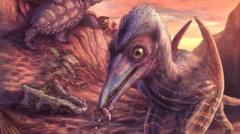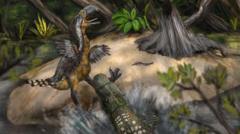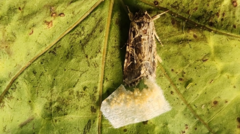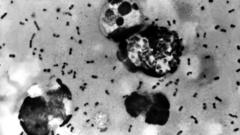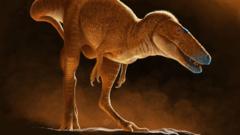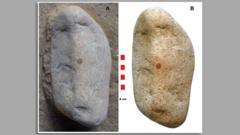A remarkable discovery in paleontology has emerged with the identification of a new species of pterosaur - Eotephradactylus mcintireae, which existed over 200 million years ago. The fossils of this ancient creature were originally unearthed in Arizona in 2011, with subsequent modern scanning techniques revealing they belong to a previously unknown species. Researchers from the Smithsonian's National Museum of Natural History have highlighted that the name translates to "ash-winged dawn goddess," a nod to the volcanic ash that notably preserved its jawbone found in ancient riverbed sediment.
The specimens, dating back approximately 209 million years, potentially signify the earliest pterosaur discovered in North America. Dr. Kligman from the research team noted that the small, thin, and often fragile bones of Triassic pterosaurs are typically lost before they can become fossils, making this find particularly significant.
Located within the Petrified Forest National Park, the fossil bed presents a historical context, revealing a riverine ecosystem from a period when the supercontinent Pangaea was intact. Other fossils discovered at the site, including fish scales and coprolites, underscore the biodiversity of this ancient environment where extinct species coexisted with ancestors of present-day animals.
Researchers have analyzed the pterosaur's worn teeth, suggesting a diet that included tough-bodied prey, likely primitive fish with armored scales. The findings contribute a vital glimpse into a transitional ecosystem from 200 million years ago, delineating how ancient species formed part of a complex web of life alongside their modern descendants.
The discovery of Eotephradactylus mcintireae not only enriches the paleontological record but also emphasizes the need for exploration of similar Triassic deposits around the globe, which may reveal more about these fascinating flying reptiles.

